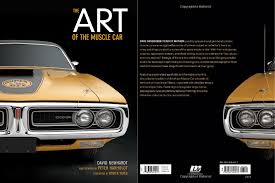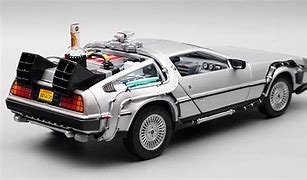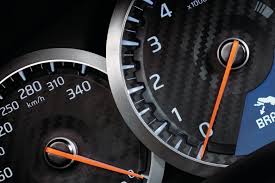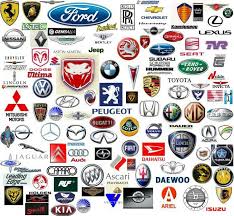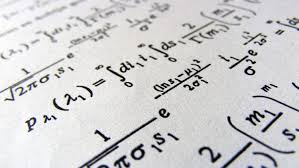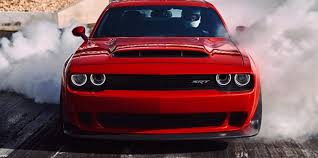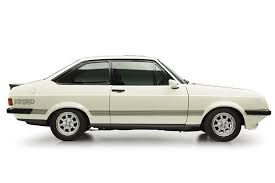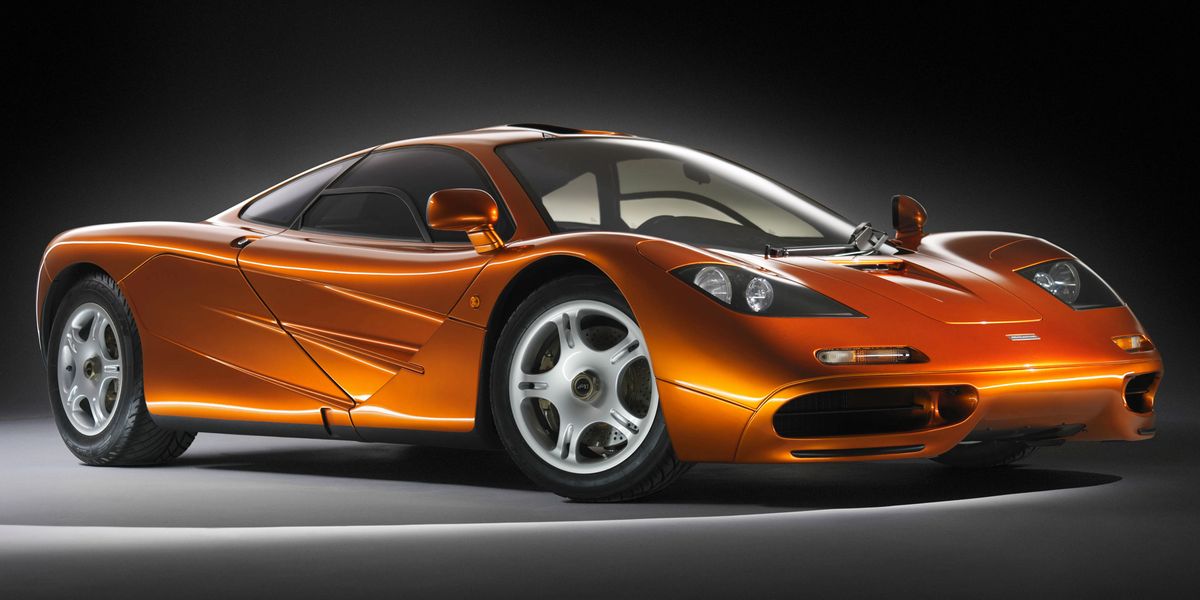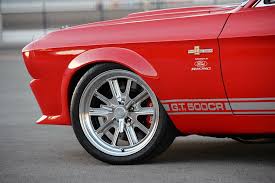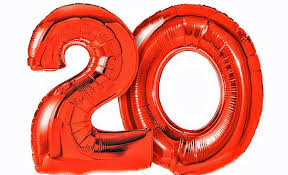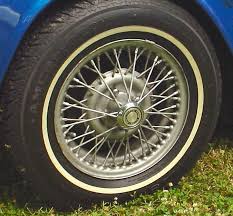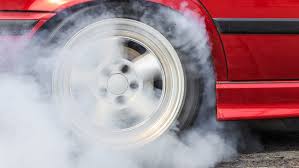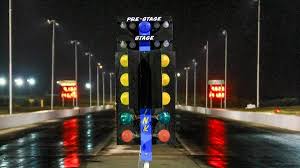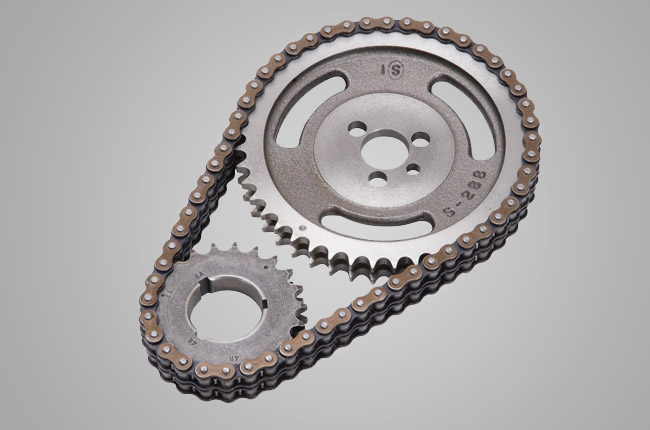


This edition of the Seat Leon Cupra 300 is the 6 speed / Manual version and was first brought out in 2017. This was at around the same time as the introduction of the 2018 Bugatti Chiron Sport 8.0L W16 Quad Turbo and the 2018 Bugatti Divo 8.0L W16 64 Valve Turbo.This particular Seat Leon has a 1984cc Turbo Petrol powerplant with 4 cylinders in a St formation.
The Leon shares its Petrol St4 engine configuration with the likes of the 2019 Ariel Atom 4 2.0 Turbo and the 2013 Caterham 7 620 R 2.0 L Supercharged. If you're looking for other fast cars which share the Leon's Front Wheel Drive, Hatchback combination then how about the 2022 Volkswagen-VW Golf R Performance 2.0 Turbo or the 2020 Toyota Avalon TRD 3.5 V6.
Weighing in at 1395 kgs (3075 lbs) this makes the Seat Leon Cupra 300 in the same weight category as the 2022 Lamborghini Huracan Tecnica 5.2 V10 or the give or take 50kg.
In terms of power the 1984cc 16V St4 engine produces 296 bhp (220 kW) @ 5500 rpm similar to the 2023 Porsche Cayenne E-Hybrid 3.0 V6 Turbo (300 bhp) or the 2023 Porsche Cayenne Coupe E-Hybrid 3.0 V6 Turbo (300 bhp).
The Turbo St4 throws out 280 lb-ft (379.6 Nm) @ 1800 rpm placing it with cars of similar torque performance figures such as the 2023 Toyota Corolla GR Morizo Edition 1.6 Turbo (295 lb-ft) or the 2023 Toyota Corolla GR Circuit Edition 1.6 Turbo (273 lb-ft).
If one combines the weight with power or torque performance for the Seat Leon you can get a better idea of it's real world performance.
![Vauxhall-Opel Monaro 6.0 V8 VXR - [2005] image Vauxhall-Opel Monaro 6.0 V8 VXR - [2005] image](/editionimages/578.jpg)
The 2005 Vauxhall-Opel Monaro 6.0 V8 VXR (236.7 bhp per ton) has similar Bhp Per Ton stats as the Seat Leon.
The Seat Leon has a Power to weight ratio of 212.1 bhp per ton and 200.7 lb-ft per ton. Bhp Per Ton figures of the 2017 Leon competing with the 2005 Vauxhall-Opel Monaro 6.0 V8 VXR (236.7 bhp per ton) or the 2000 Ford Mustang Cobra R 5.4 V8 (236.4 bhp per ton).
If you agree with the late great Carroll Shelby then arguably an even better indicator of potential performance, Torque. Use weight as well and you end up with - Torque per ton, with the Seat Leon generating around 200.7 lb-ft per ton. If you're curious as to what other cars have as much torque to weight then look no further than the 2011 Holden Commodore SS 6.0 V8 (225.6 lb-ft per ton) or the 1965 Ford Mustang Hardtop 289 4.7 V8 (225.5 lb-ft per ton).
With a 0-60mph time of 5.60 secs or a 0-100km/h (0-62mph) of 5.8 secs, this made the Seat Leon Cupra 300 as fast as the 2022 Volkswagen-VW Arteon 2.0T AWD (5.60 secs) the 2022 Volkswagen-VW Arteon 2.0T (5.60 secs) the 2020 Maserati Ghibli GranSport Petrol Hybrid (5.60 secs) the or the 2019 Tesla Model 3 Standard Range (5.60 secs). This Seat Leon Cupra 300 is also faster than the 2022 Hyundai i30 N Performance 2.0 Turbo (5.70 secs) the 2019 Ford Focus ST 2.3 EcoBoost Wagon (5.70 secs) the 2016 Volkswagen-VW Golf GTi 2.0 Turbo Clubsport (5.70 secs) the and the 2014 Abarth 695 Biposto 1.4 Turbo (5.70 secs).
When talking about the performance of the Seat Leon on the drag strip it can reach a quarter mile in an estimated 13.46 secs @ 101.7 mph. Similar performance down the quarter mile can be found with the the 2009 Lotus Evora 3.5 V6 (13.40 secs), the 2006 Mercedes G Class G 55 AMG Kompressor (13.41 secs), and the 2022 Porsche 911 Carrera T 3.0 Turbo PDK 992 (13.41 secs).
Modern performance cars are often artificially restricted to 155mph. The 2017 version of the Seat Leon Cupra 300 has a maximum speed of 155mph.
If maxing out your car on the AutoBahn is your thing and you're wondering what's faster than the 2017 Seat Leon Cupra 300 then how about the 2024 Ford Mustang Dark Horse 5.0 V8 (166 mph), the 2022 Ford Mustang GT 5.0 V8 (166 mph), or the 2021 Ford Mustang Mach 1 5.0 V8 (166 mph).










Chevrolet Corvette ZR1 6.2 V8 Supercharged C7
Engine: Supercharged Petrol | 6162cc 16v V8
Top Speed: 210 mph
0-60mph: 3.10 seconds
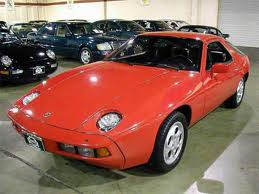
Porsche 928 4.5 V8
Engine: Naturally Aspirated Petrol | 4474cc 16v V8
Top Speed: 230.1 kph
0-100kph: 7.0 seconds
